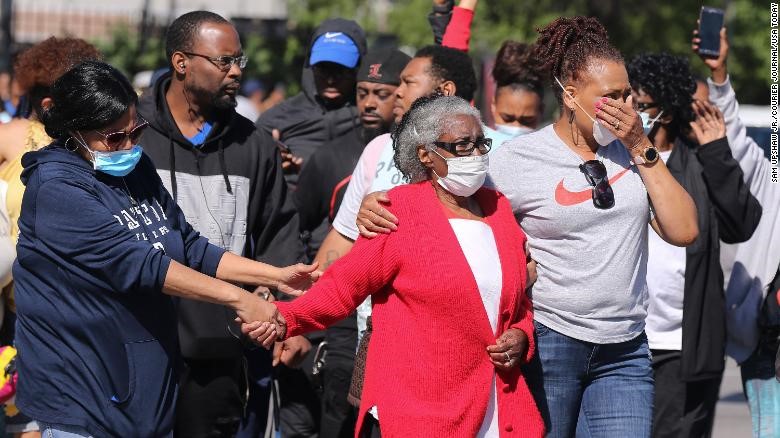

Lessons learned from the battlefield, a soldier’s next move is depending on the risk taken in the battle earlier. The introduction of military technologies in early 2001 got a drastic change in the corporate environment. The functioning of employees and ways to achieve the target faster learned in less time.
Now the battle is against the invisible enemy coronavirus. The pandemic today in the world has affected the business functionality and slow down in the process of achieving targets. The lost jobs, deals, clients, businesses would impact how we are ready to react to this situation. The post-COVID time will be a crucial time to overcome the business with strategies on how to get back to the same position.
Expert suggests the market will take at least 2-years to get back to normal as Q1 2020. However, we cannot wait for the market to pick up as we drive the market change. The impact can change with the approach and strategy. Below listed are few Agile methodologies for the best use of it:
Go through the fog of war: when the army troops plan for an attack and move ahead according to the plan. They notice some changes from the enemy. They are not allowed to go back to the headquarter report the changes and then come back with the updated plan. The army men look at the changes make changes and, proceed to attack the enemy. Similarly, our business may have different planning before. However, the situation has demanded the companies to change the plan quickly and move towards the goal.
Focus on short-term goals balancing the long-term goal: In the battlefield, a solider is equipped with multiple weapons. Soldiers would not use a machine gun to kill someone who is just beside him, but a knife would do the job. As a company focus on the small wins and how to achieve focusing on the long term goal in mind. Post-COVID, all of us have to survive with small steps first to move to a platform.
Practice OODA loop: the theory was famous through the US air force for any complicated situation they battle. Observe Orientate Decide and Act loop is usually followed when you see the enemies equipped with better planes and missiles. In the corporate world when we look into our competitor or any other company that is superior to us on the battlefield. The companies are equipped with the latest technology, high-end computers, a better workforce, and a better position in the market. This does not decide your success, it is always on how you are going to act against the situation.
Be ready for the unknown unknowns: The army men sent to locations where the situation is not predicted and cannot be pre-planned. The decision should be at the spot. They see what is coming from the front. The real-time decision is how the soldiers move in the troop from our land to the enemies. Do not have a robust plan in front of the employees or the senior management team that is asked not to change ever in the process. The employee and senior management should be trained to face the real world situation and decide the action in real-time.
Develop cross-functional team: If an army officer feels his gun is stuck, in between the battlefield and it has stopped firing bullets. Is he allowed to go back to his major find an expert to fix the gun? Not at all, the army person should be capable of fixing it and moving ahead with alternatives if required. The team you build as a leader should be diverse in the decision-making process and, the post-pandemic employees on the field should know what is better for the company.
Post-COVID, all have to gear up ourselves to get back to work and get things sorted much faster. The listed methodology is to help leaders to choose wisely.








© THE CEO PUBLICATION 2021 | All rights reserved. Terms and condition | Privacy and Policy